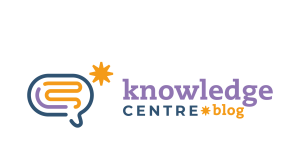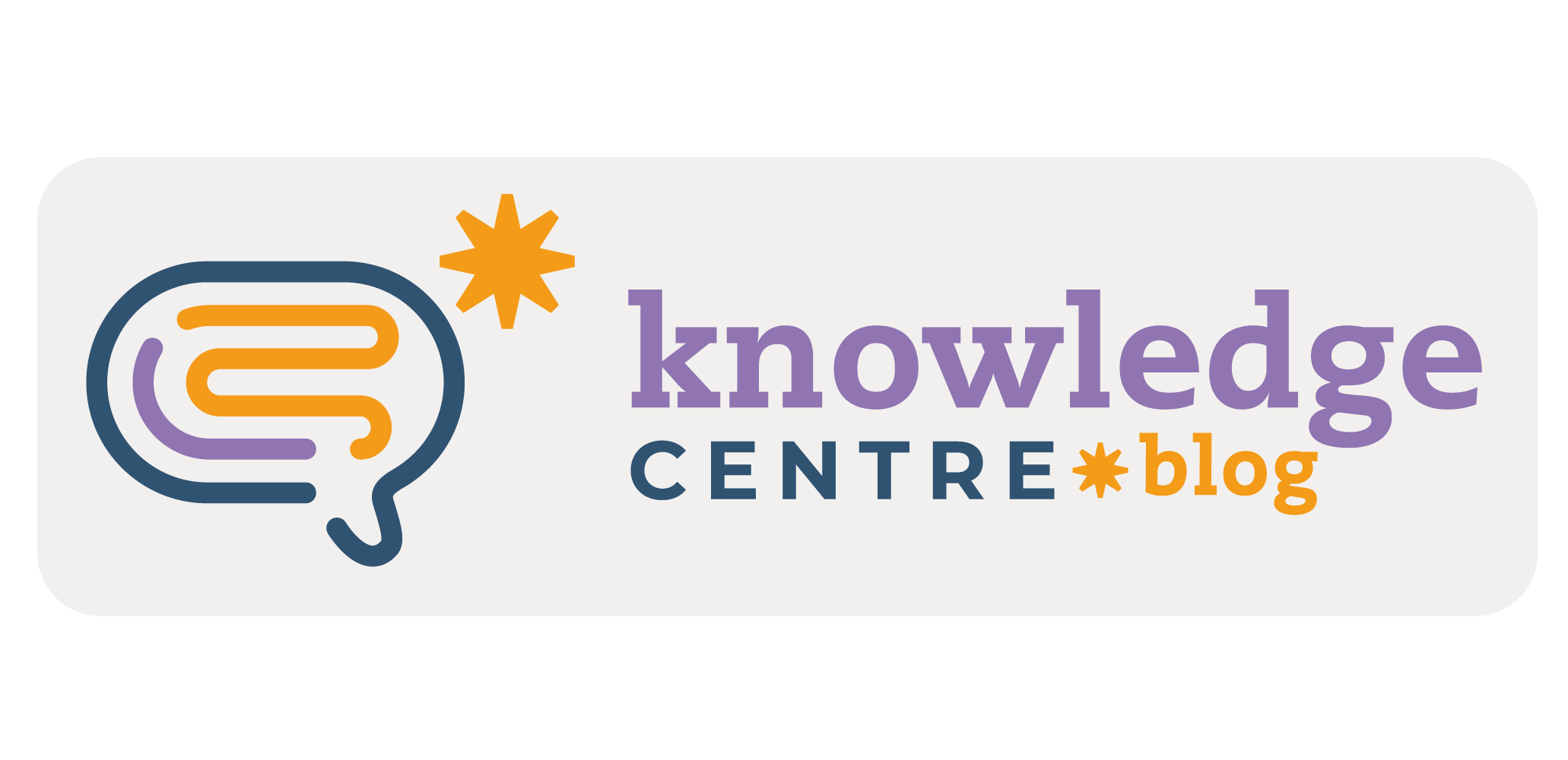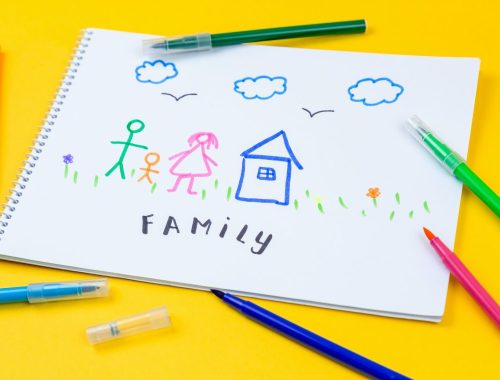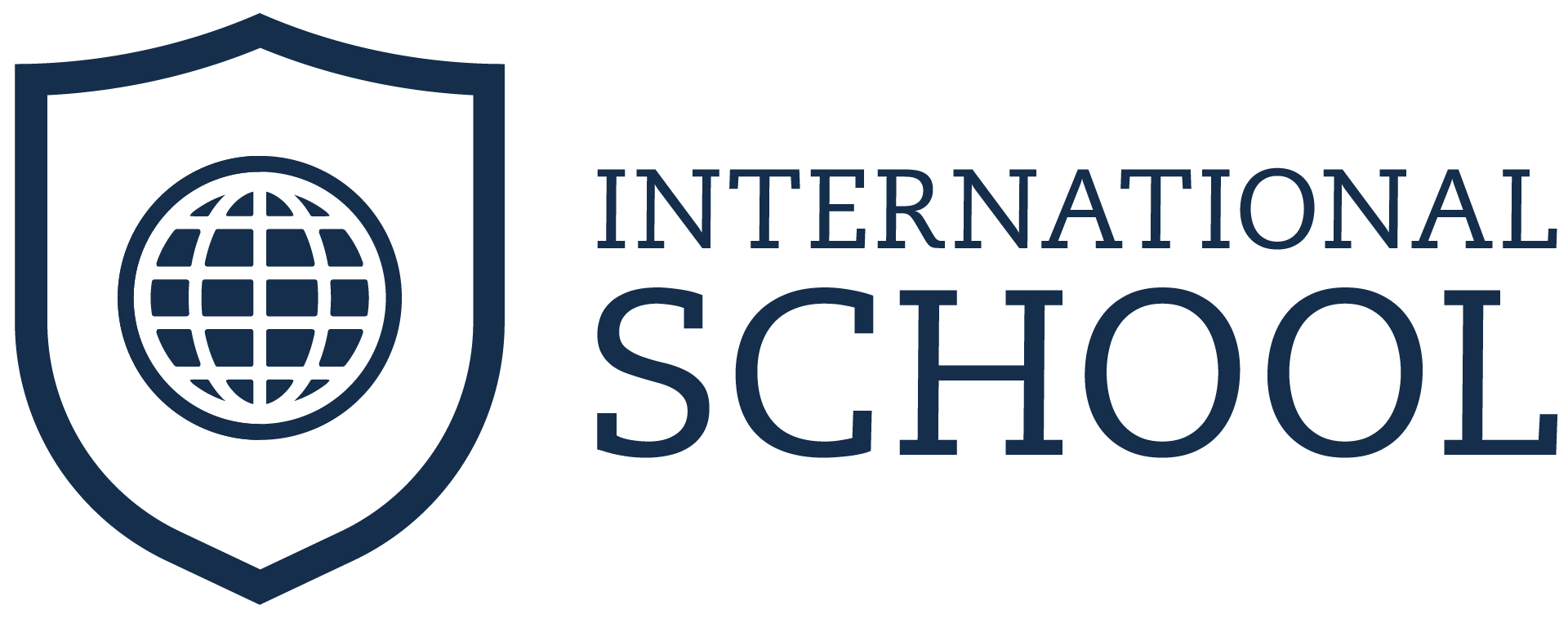There is a certain apprehension when we first see the words “Language Triptych” written together. At least for me it was something scary, maybe it would be another one of those topics that I would struggle to understand. With a little bit of effort and a little bit of research, I found out that it is quite the opposite. Language Triptych is something simple and it can help us a lot when we talk about planning our lessons and it offers us a plethora of possibilities regarding language teaching in CLIL.
Why Language Triptych?
When we start to wonder about a reason for the use of the Language Triptych, probably the first question that comes to mind is: why should I use it? We can answer it with another question that is: why not? In order to deliver a CLIL Lesson, we must always think about the C’s (Communication, Content, Culture and Cognition), but we must also plan what kind of language we are going to teach our students (note to self: content and language are intertwined). That is when the Triptych springs up.
… ok, but what is the Language Triptych?
The Language Triptych was brought to light by our very own ‘CLIL’ book by Marsh, Hood and Coyle (2010). They presented it as a pyramid, and in each tip of this two-dimensional triangular shape there’s something written: Language OF, Language FOR and Language THROUGH.
Language OF: The Language Of Learning, as the name says, is all the language that can make students learn about the specific content. An example is our ‘making a lava lamp’ lesson from Xchange, in which students can explore to have confidence with the name of the ingredients (oil, colorant, effervescent tablet).
Language FOR: It is all the language students need to operate inside said class (and others!). It is the language used to access knowledge and to interact with their classmates and teachers. Following the example of the ‘making a lava lamp’ lesson, students will need to use sentences like “Can you lend me (FOR) the red (FOR) colorant (OF), please?” or “When should I (FOR) put the effervescent tablet (OF)?”
Language THROUGH: Surprise, Surprise! The Language Through Learning is every language that emerges during class from students (or even from the teacher) based on their own experiences and on their previous knowledge (from our CLIL classes or not!). There is no way of planning it beforehand because there is no way of telling which part of the content and language delivered will trigger a memory that leads to a question or an addition to that moment!
Nice, now I know what the Language Triptych is! Can I start planning?
Of course! Bear in mind that the Triptych is planned daily, and it must reflect the aim of your lesson (content-language, right?!). As I said before, it is a nice tool to help us think of ways to teach language without losing our focus on the 4 C’s. For support, we can always resort to our Teacher’s Manual! There you can find lots of tips on the language required for meeting your lessons’ objective. We can start there!
So, to make our lives easier – as well as the planning and delivery of our classes – I think another question demands its place in this text: “Shall we?”

By André Kraucher
André Kraucher is an Advisory Team Coordinator at International School. He has worked as an English teacher for 10 years, and part of this time he also worked as a pedagogical coordinator. He holds a degree in History and during graduation he took part in a project called “História da África e da cultura afro-brasileira: para além da escravidão, do racismo e dos estereótipos”, both as a teacher and as assistant coordinator. There, he started his teaching life and his pure belief in change through education.








